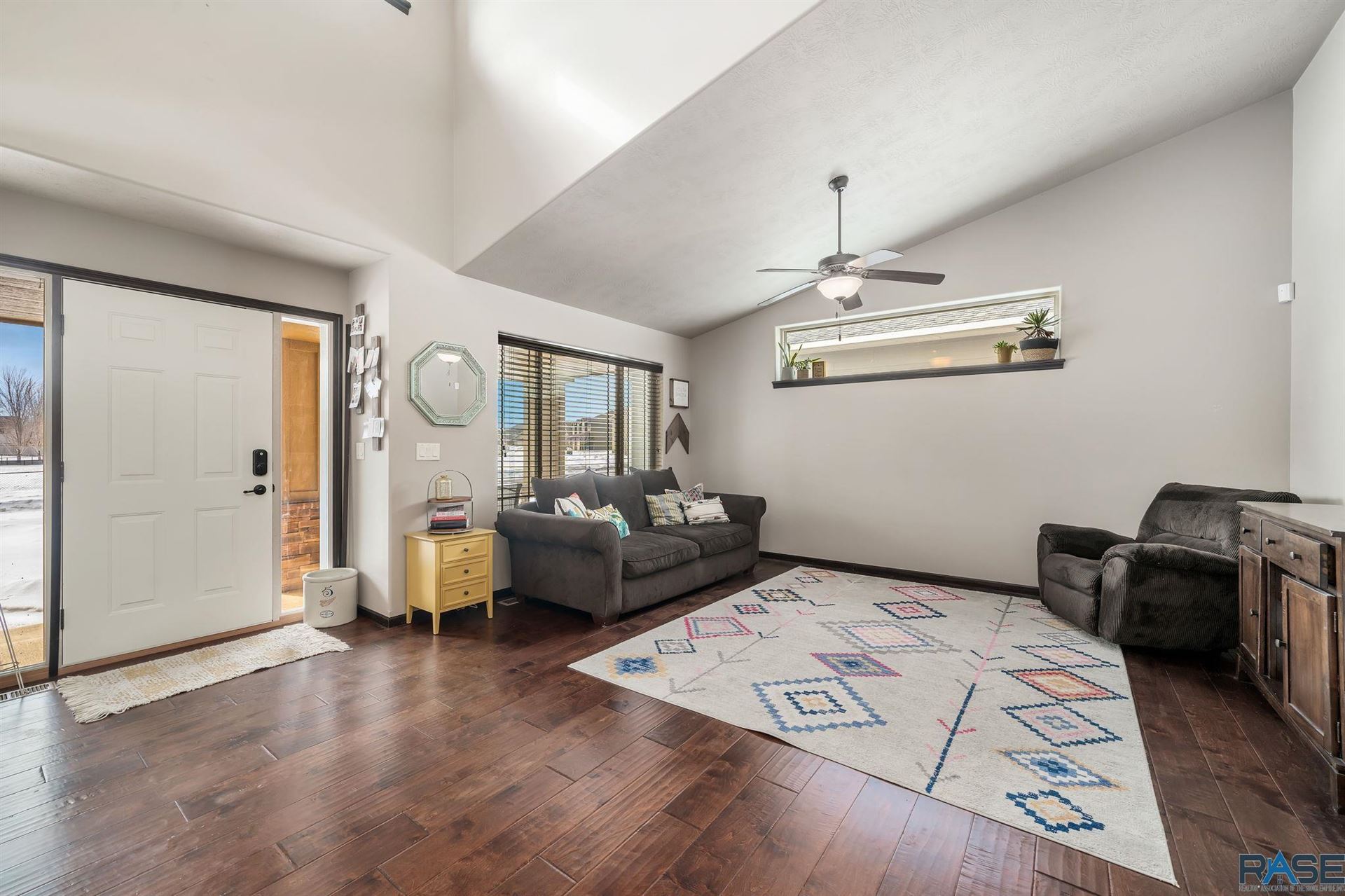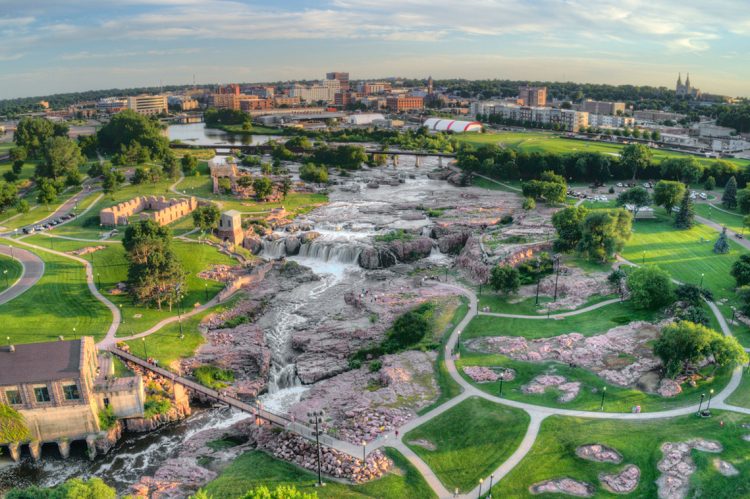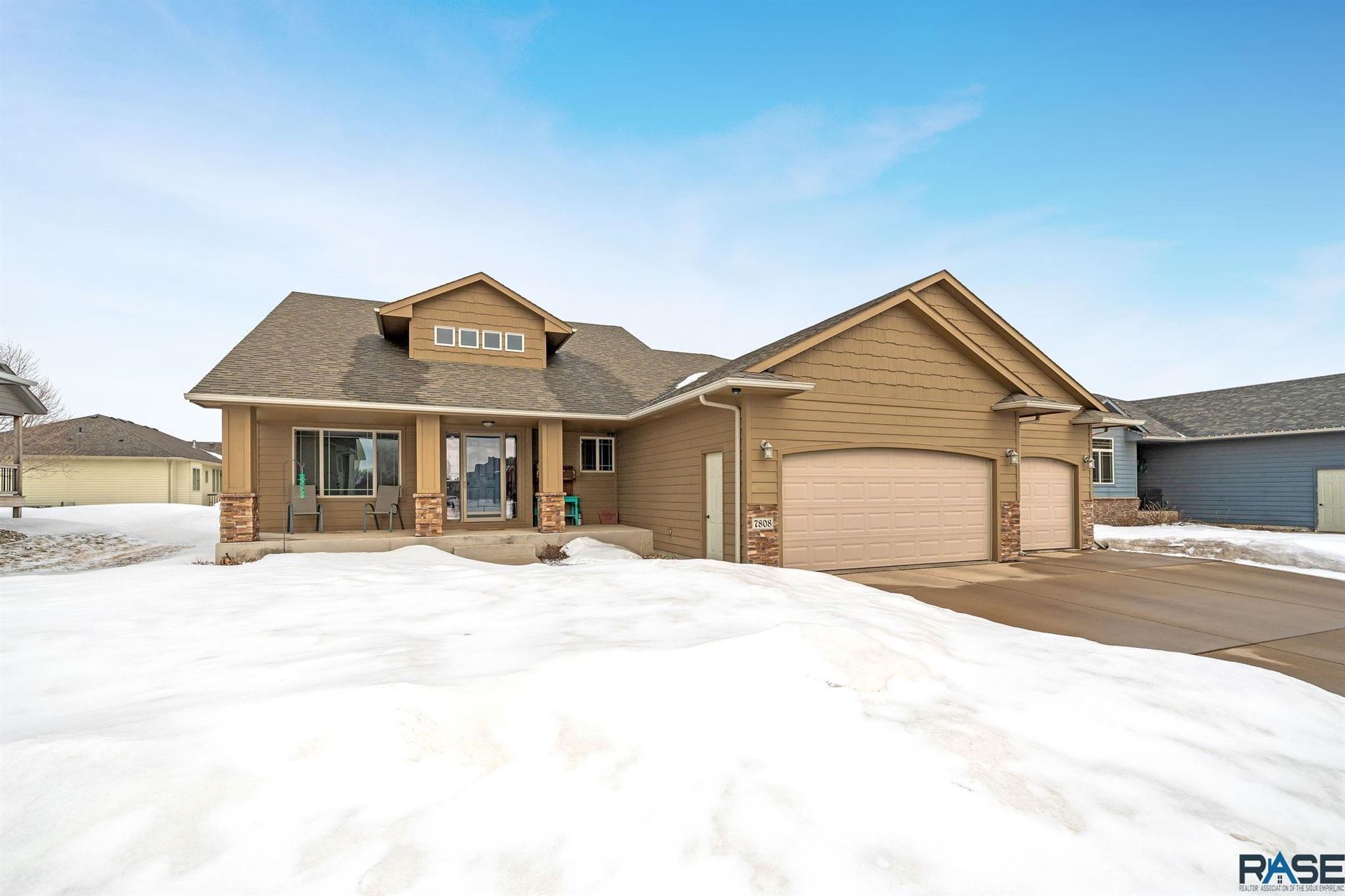When you think of booming real estate markets, South Dakota probably doesn’t spring to mind. The state has the fifth-smallest population of a U.S. state at 908,414, beating only Wyoming, Vermont, Alaska and its Northern cousin. Across South Dakota’s 77,123 square miles, there are approximately 12 people per square mile.
However, when you look into the data a bit more, you’ll find the state isn’t as sparse as it seems. The state’s population showed a growth of 8.9% in the 2020 census. United Van Lines 46th Annual National Movers Study for 2022 also shows that South Dakota is the eighth-most popular state for inbound movers—the state has appeared at the top of this survey’s top 10 list every year since 2014.
Brandon Martens, owner/REALTOR® of Better Homes and Gardens Real Estate Beyond in Sioux Falls, South Dakota, is confident that the state will reach a population mass of 1 million, though he isn’t sure when. Martens, who is a long-time resident of South Dakota but not a native, was able to provide insight into why people are choosing the state; all answers go back to one principle–growth.
“Sioux Falls is the largest city in the state, and we’re constantly growing, constantly building,” said Martens. “It’s caused us to ramp up some of our housing needs…but the city and state have done a good job keeping up with that growth to the best we can and I think it’s been more of a positive than a negative.”
In 2009, the LA Times described South Dakota as, “A land that recession forgot.” Due to its sparse population, South Dakota and its fellow Plains states weren’t impacted by the real estate bubble popping like more densely populated states were, the article noted. In a twist of fate, this created economic incentives for people to move to these states.
What else motivates the people moving to South Dakota? United Van Lines’ Survey breaks down the reasons but also doesn’t point to one particular explanation. In previous years, it was jobs (in 2018, 57.14% of inbound movers chose South Dakota for that reason). However, this has evened out. In 2022, the percentage of inbound movers cited these reasons in these percentages:
- Retirement – 33.33%
- Health – 8.33%
- Family – 33.33%
- Lifestyle – 29.17%
- Job – 33.33%
- Cost – 29.17%
According to Annie Welsh of Berkshire Hathaway HomeServices, also in Sioux Falls, there may be overlapping causes between those who cite retirement and those who cite family as reasons for their move. Welsh describes a pattern she’s observed:
“The parents move here, then the kids are like, ‘Oh, it’s really great in South Dakota,’ so they follow,” said Welsh. “I just had clients close recently that came from Texas; it was actually a second property for them because their adult child, and his family, were transferred up here to Yankton, South Dakota for a job. So, they followed to get a second home to visit. They also grew up in this area so it was just natural for them to want to be here.”
Welsh, who describes Sioux Falls as looking and feeling, “like a Hallmark movie,” has found herself working with many in-bound movers despite not actively looking to carve out that niche.
“Everybody I tend to work with is a referral, whether from a past client or a friend. It really is because they know someone here, so that’s kind of what has driven them to the state.”
Rather than one alluring feature, REALTORS® say South Dakota has a strong overall package, from schools to education.
That said, if there is one particular draw, the lack of a state income tax would be high on the list. Both Martens and Welsh cited this as an appeal that South Dakota has going for it. Other states, such as Texas, also cite no income tax as a reason for becoming a highly popular settlement destination.
Will South Dakota go from steady growth to a Texas-like surge? If so, the state may have to kick construction into high gear. Welsh says that inventory “has been a gigantic problem” in the Sioux Falls real estate market.
Martens also notes that, due to the lack of metro areas across South Dakota, there has been “urban sprawl” and crowding in the cities that are there.
“On a Saturday night you’re an hour wait, maybe two hours, at any decent restaurant unless you have a reservation,” says Martens, “because we just have a large influx.”
Sioux Falls is the only population center in South Dakota with more than 200,000 people, followed by Rapid City at 76,184. There are also no skyscrapers; the tallest building in Sioux Falls is the 11-story CenturyLink Tower. But while South Dakota may have to bump up inventory to avoid capacity in certain areas, neither REALTOR® foresees a downturn.














